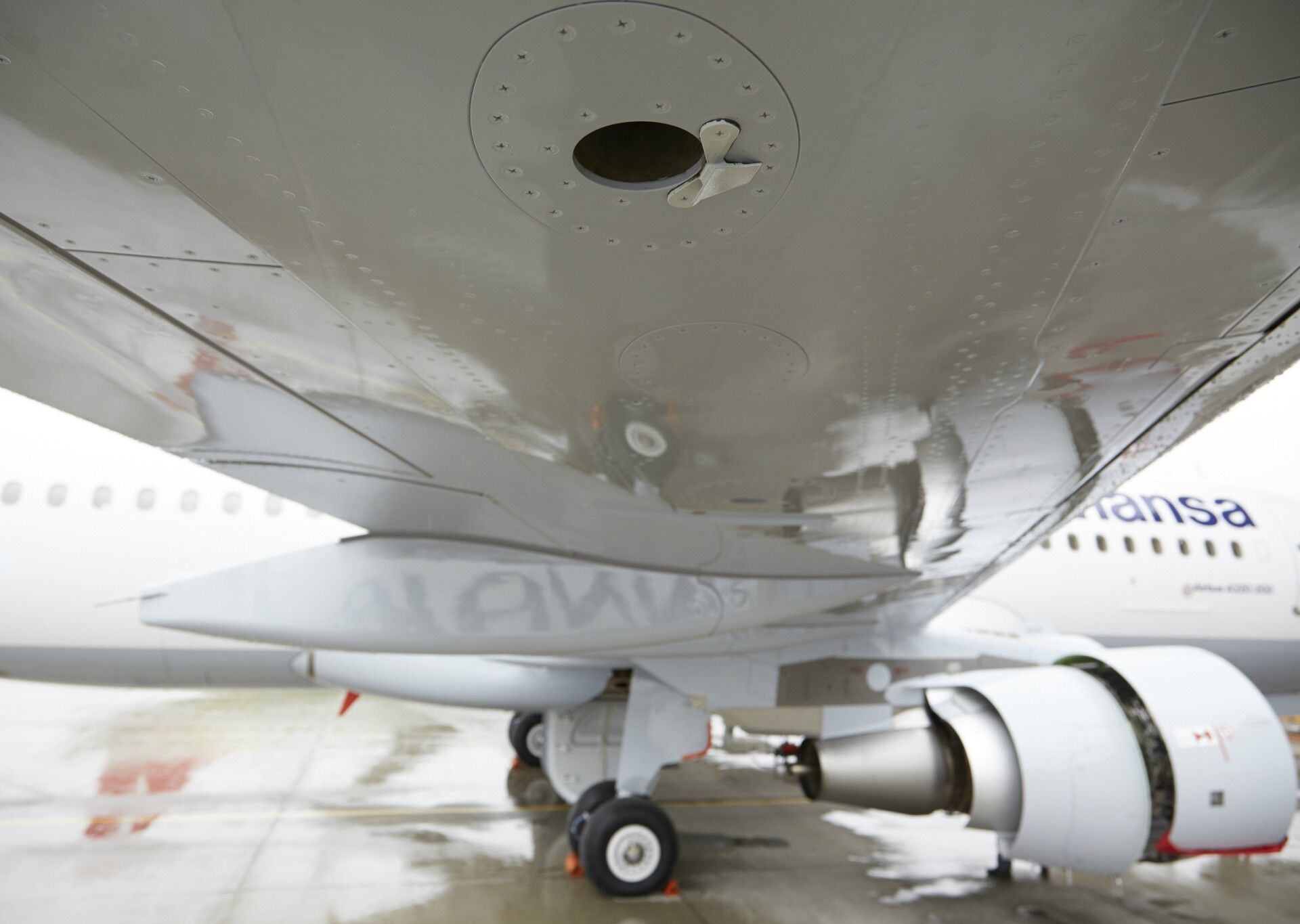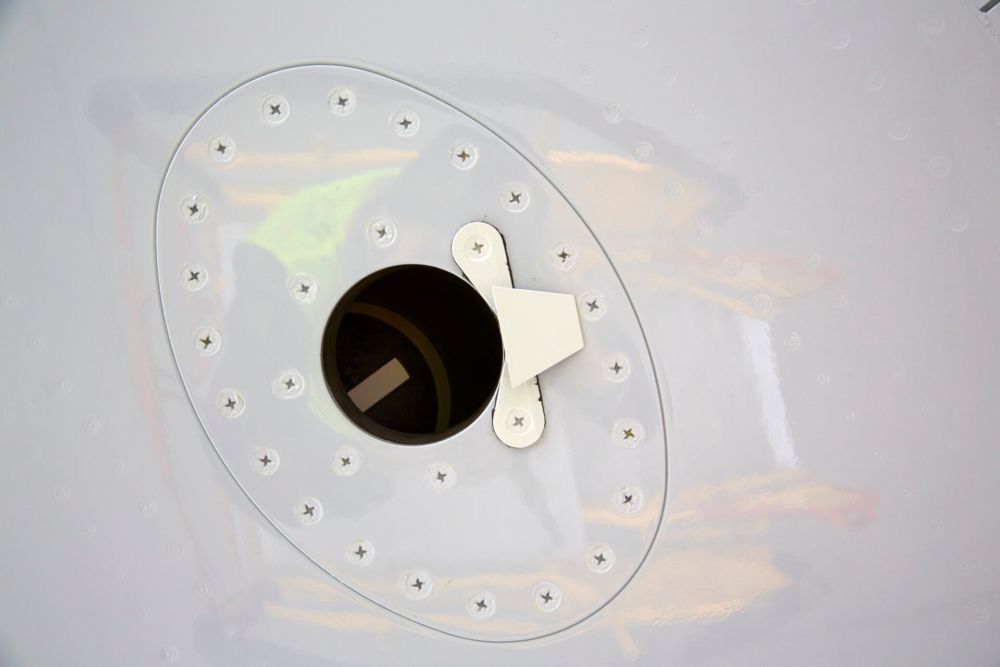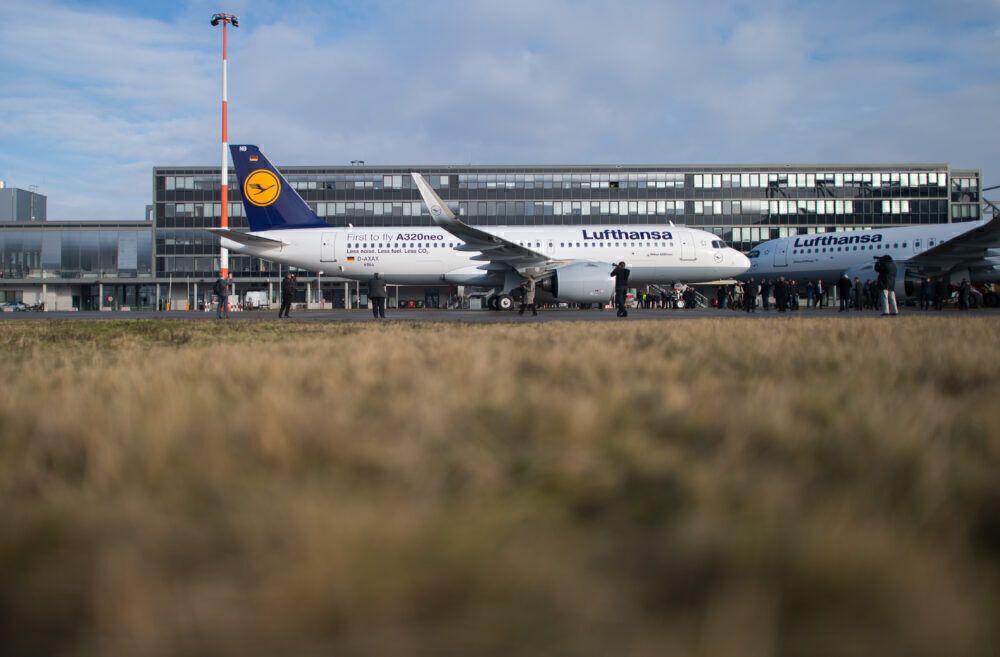German flag carrier Lufthansa has found an inventive way of reducing its noise emissions on Airbus A320 family aircraft. Using a small metal tab that functions as a vortex generator, it significantly reduces the noise from the aircraft. The airline began implementing this solution on its short-haul fleet in 2014, but how exactly does this comparatively tiny component make such a difference? Let's take a look.
Seven years and counting
According to airliners.de, Lufthansa first started to modify its A320s with vortex generators in February 2014. This was when it rolled the technology out on D-AIUB, an A320-200 that was brand new, and came delivered with the vortex generators.
Lufthansa reported at the time that it was the first airline in the world to receive aircraft with such modifications. It planned to equip all future A320 deliveries with this technology, as well as retrofitting existing aircraft. All in all, this represents around 200 units. The end result of this is a two-decibel reduction in noise levels when the planes are on approach.
In autumn 2013, just prior to the implementation of the technology, Lufthansa estimated that doing so would cost a mid-range seven-figure sum. All in all, this represents an impressive project based on small but mighty components. So how do they work?
How does it work?
Lufthansa began using small metal tabs as noise-reducing vortex-generators following a study with the Deutsches Zentrum für Luft- und Raumfahrt (German Aerospace Center). This research found that the tabs generate small vortices below the aircraft's wings.
These prevent the occurrence of certain noise, which normally arises when air blows into tank pressure equalization openings inflight. The effect is similar to blowing over a glass bottle. The vortices generated by the metal tabs, as seen above, stop this from happening, and thus reduce noise. Kay Kratky from Lufthansa's Passenger Board explained that:
"This conversion is part of our investments in active noise protection and will make our short and medium-haul fleet even quieter in the future."
Stay informed: Sign up for our daily and weekly aviation news digests.
Noise is a key topic for Lufthansa
The vortex generators are just one aspect of Lufthansa's multi-faceted approach to noise reduction. The topic is one that is close to the German flag carrier's heart. After all, runway 18 at its main hub at Frankfurt can only be used in one direction out of consideration for residents of nearby Kelsterbach and the noise they would otherwise be subjected to.
The airline's fleet modernization in recent years has also played a key role in this domain. It has now been flying the A320neo family for over five years, and has made a point of specifically basing the planes at airports like Munich, where noise is a key factor. As Simple Flying reported last year, the noise contour of these jets is half that of their predecessors.
What do you make of this innovation? Would you like to see airlines do more to reduce noise pollution? Let us know your thoughts in the comments.



